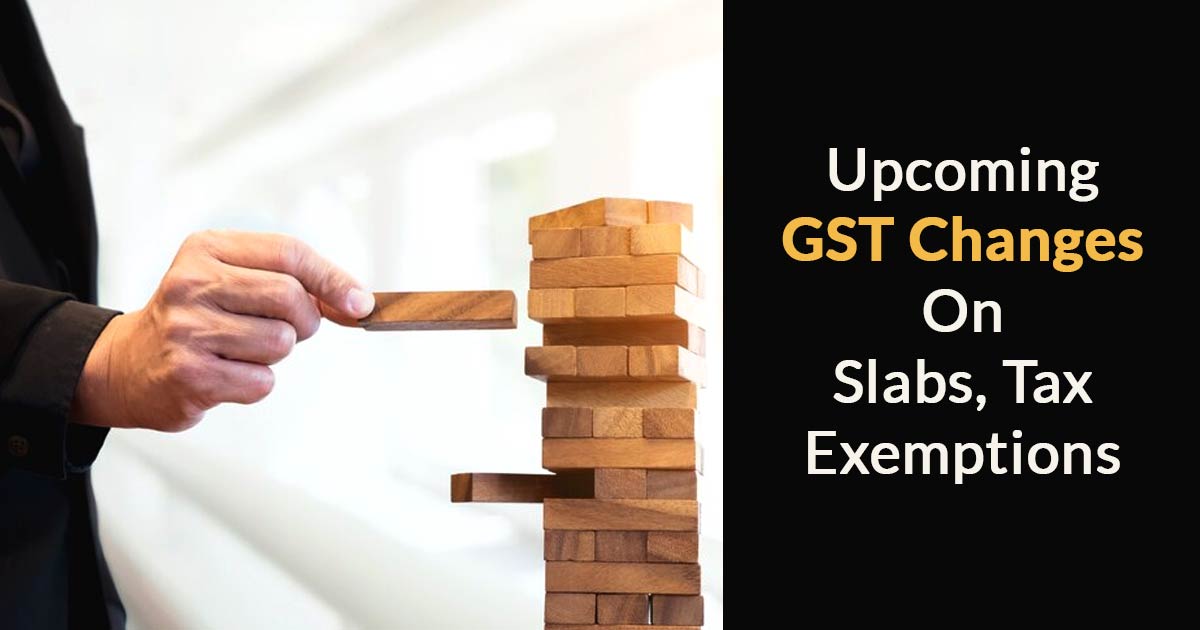
Central and state governments would execute the proposed structural update of the GST in phases as the impact tax rate revised and would be on the consumptions.
The proposed amendments would consist of pruning tax exemptions, eliminating the anomalies from taxing raw materials and the intermediates higher with respect to the finished products, and eliminating the number of GST slabs council spoke also they stated on the conditions of the anonymity.
The amendment is presently studied via two ministerial panels and would demand executing the tax rate amendments required in the textile industry to amend the inverted duty structure which is on hold. On the date 31st December the official deferred a rate to hike from 5 to 12 per cent on various things in the textile and the apparel sector along with the woven fabrics of the cotton, silk, and wool, coir mats, apparel, and clothing accessories of sale value up to ₹1,000, which would come into force from 1 January.
An email was furnished to the finance ministry asking for the comments for the story which gets still has not been answered during publishing.
The same is left with the higher gaps in the state budgets particularly towards the large state economies that are required to see the methods of increasing the revenue receipts. The same would build GST rate and slab rationalization and revenue augmentation methods agreeable to states.
GST officials in former times had decided to accumulate the GST compensation cess imposed on the things such as automobiles till March 2026 however the proceeds are being utilized to repay the loans obtained in FY 21 and FY 22.
“The main concern of states is the expiry of GST compensation in June. Even though the cess collection has been extended, it will only raise adequate resources for paying back the loans already raised. The only way out is to augment revenue from GST, which can be done in one of two ways. It can be done administratively, or you make your rate structure efficient—that is, remove exemptions, cut duty inversions and reduce the number of slabs,” the council mentioned.
The council mentioned that various duty inversions had been previously revised and there would be a threshold on how much revenue augmentation would be performed administratively “Eventually, you have to fix the rate structure. The group of ministers are likely to come out with a road map. They may not want to do everything in one go. It will be phased. But it has to happen. How they sequence, we do not know yet, but there is this realization that they have to do it now.”
After the budget interactions within the industry, this month the revenue secretary Tarun Bajaj had urged the business leaders to discuss their opinion within the ministerial panels investigating the GST rationalization. Karnataka chief minister Basavaraj Bommai heads the panel of state ministers upon the subject of the tax rate rationalization.
Making of the friendly investment and business environment through combining the tax structure via GST execution act and indeed furnishes the corporate tax reliefs showing the World that India can act as their business base.